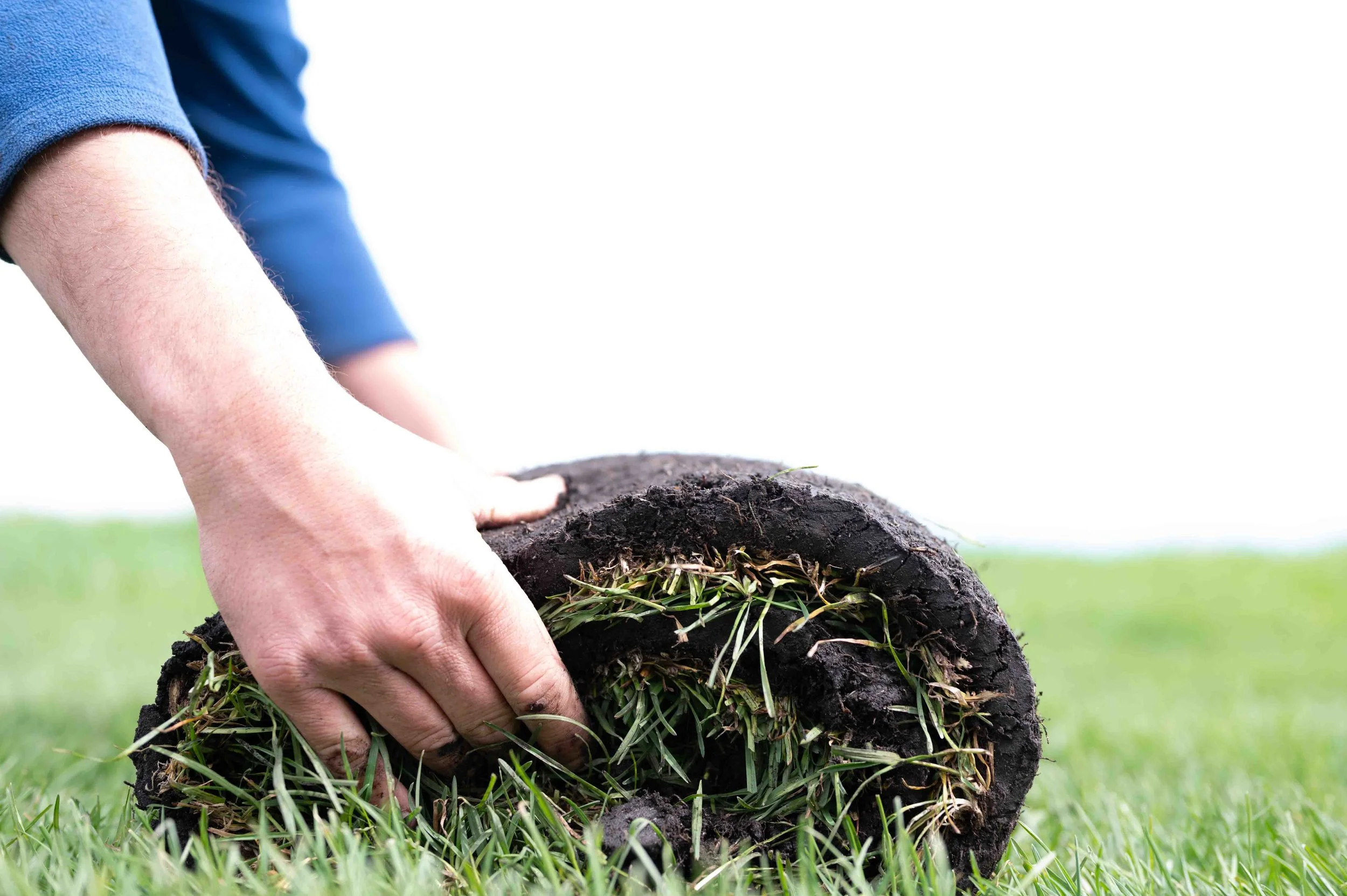
Frequently asked questions
We’ve answered the most common questions we hear from homeowners, landscapers, and contractors. Each response is backed by the expertise that comes from growing and installing sod every day.
-
Our pursuit is to provide excellent service in the installation of new residential lawns, commercial property, golf course and sports arena use.
If your project requires smaller quantities of sod, we recommend contacting Shofler Sod at 248.249.4794.
-
The suggestion that additional topsoil is required prior to sod installation is a common misconception. The vast majority of homes in Southeast Michigan do not require additional topsoil prior to sod installation.
The sale of topsoil has been pushed by many contractors due to ease of installation and high profit margin. Unfortunately with little benefit to the consumer. The reality is; additional dirt unnecessarily increases expense and often causes more problems than it solves.
A brief summary of an article by Gretchen Voyle at Michigan State University:
1. There is no legal definition of topsoil, it could be "Beach Sand or Adobe Brick Material"2. Very black soils are not always the best.
3. All topsoil contains seeds, opening the door for weeds to flourish.
4. Spread topsoil creates drainage and growth problems.
5. Topsoil may be less valuable nutritionally than current on-site soil.
In summary, with the various potential risks involved, the negative can outweigh the positive.
-
To achieve a smooth lawn surface, soil should not be tilled or "preperated" prior to sod installation.
Tillers and soil preperators (e.g. harley rake / rock hound) pose a high risk for damaging utilities, irrigation pipe, concrete and patios. They cannot effectively move dirt from one area to another and although the surface may appear to be smooth, the subsoil remains irregular. Settlement often occurs afterwards, causing the lawn to be uneven. This method reduces manpower required and relies heavily on mechanized debris removal.
The ideal method to prepare soil prior to sod installation is to perform a "finish grade" by way of tractor or compact track loader. Both machines allow dirt to be easily moved to/from where necessary. When finished the subsoil will not settle, therefore the surface will remain even and smooth. Large debris are removed manually, smaller debris are removed during the hand raking process.
Although this methodology is more time consuming and labor intensive, we feel that the end result is well worth the additional effort.
-
This is a controversial question, however we will attempt to address this topic with unbiased answers.
Hydroseeding
+ Lower installation cost
+ Allows use of special seed blends (ie native plants, wetlands, wooded areas)
+ Provides minor erosion control on low pitch grade
- Against the bylaws of most homeowner's associations, banned for various reasons
- Higher maintenance (fertilizer, chemical cost, labor) requirements during establishment
- Prone to weeds and/or disease during development of sparse grass root system
- Must stay off during establishment, light traffic 3-4 months, full use in 13-15 months
- Using pure 100% Kentucky Bluegrass is unreliable, must blend with Rye and/or Fescue
- Possible 'total loss' due to washouts, especially during heavy rain or when applied on medium to high pitch grades
Sod Installation
+ Instant Lawn
+ Pre-developed root system is tough and dense
+ Free from weeds and/or disease with strong resistance to either ailment in the future
+ Use of additional soil or additives is not required (ie topsoil, starter fertilizer, chemicals)
+ 100% pure Kentucky Bluegrass for a lush lawn
+ Ideal properties for erosion control on all slopes
- Higher installation cost
- Not ideal for extremely shaded areas
The hydroseeder was invented in 1953 by Charles Finn. The purpose of the design was to broadcast native flora seeds in the aftermath of a forest fire. This made restoration efforts fast, economical and achievable in areas that were previously inaccessible such as steep slopes and valleys.
When hydroseeding, you are shouldering the same responsibility we hold at our farm, only without the help of trained staff, specialized equipment and ideal growing conditions. Imagine working on your lawn every day for the next 12-18 months just to get to the same point as our sod which can be installed in just a few hours!
We use our hydroseeder strictly for it's intended purpose, economical ground cover of common areas and undeveloped land.
-
We've created a lawn care sheet which outlines the basic requirements to keep your new lawn healthy and beautiful.
-
Kentucky Bluegrass (poa pratensis) has a rhizome rootstock which creeps horizontally by way of runners. With active growth, seams should grow together at a rate of 1" per month.
